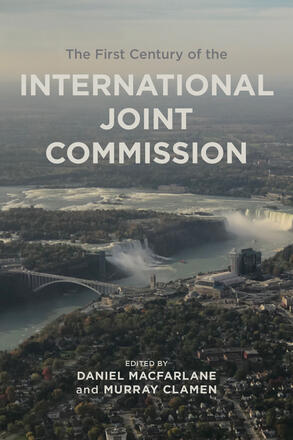
Description
The International Joint Commission oversees and protects the shared waters of Canada and the United States. Created by the Boundary Waters Treaty of 1909, it is one of the world’s oldest international environmental bodies. A pioneering piece of transborder water governance, the IJC has been integral to the modern Canada-United States relationship.
This is the definitive history of the International Joint Commission. Separating myth from reality and uncovering the historical evolution of the IJC from its inception to its present, this collection features an impressive interdisciplinary group of scholars and practitioners. Examining the many aspects of border waters from east to west The First Century of the International Joint Commission traces the three major periods of the IJC, detailing its early focus on water flow, its middle period of growth and increasing politicization, and its modern emphasis on ecosystems.
Informative, detailed, and fascinating, The First Century of the International Joint Commission is essential reading for academics, contemporary policy makers, governments, and all those interested in sustainability, climate change, pollution, and resiliency along the Canada-US Border.
Reviews
Provides excellent analysis and coverage of the first century of the IJC
?Stephen J. Randall, Canadian Historical Review
The First Century is a significant contribution to historical institutionalist literature on an important dimension of Canada–US relations and transnational environmental policies. Its contributors illustrate both the potential and conditions for cross-border cooperation, along with the multiple political and institutional constraints on such activities. As such, it is a rewarding study for academics, practitioners, and those interested in understanding the conditions for effective civic engagement in cross-border relations.
- Geoffrey Hale, American Review of Canadian Studies